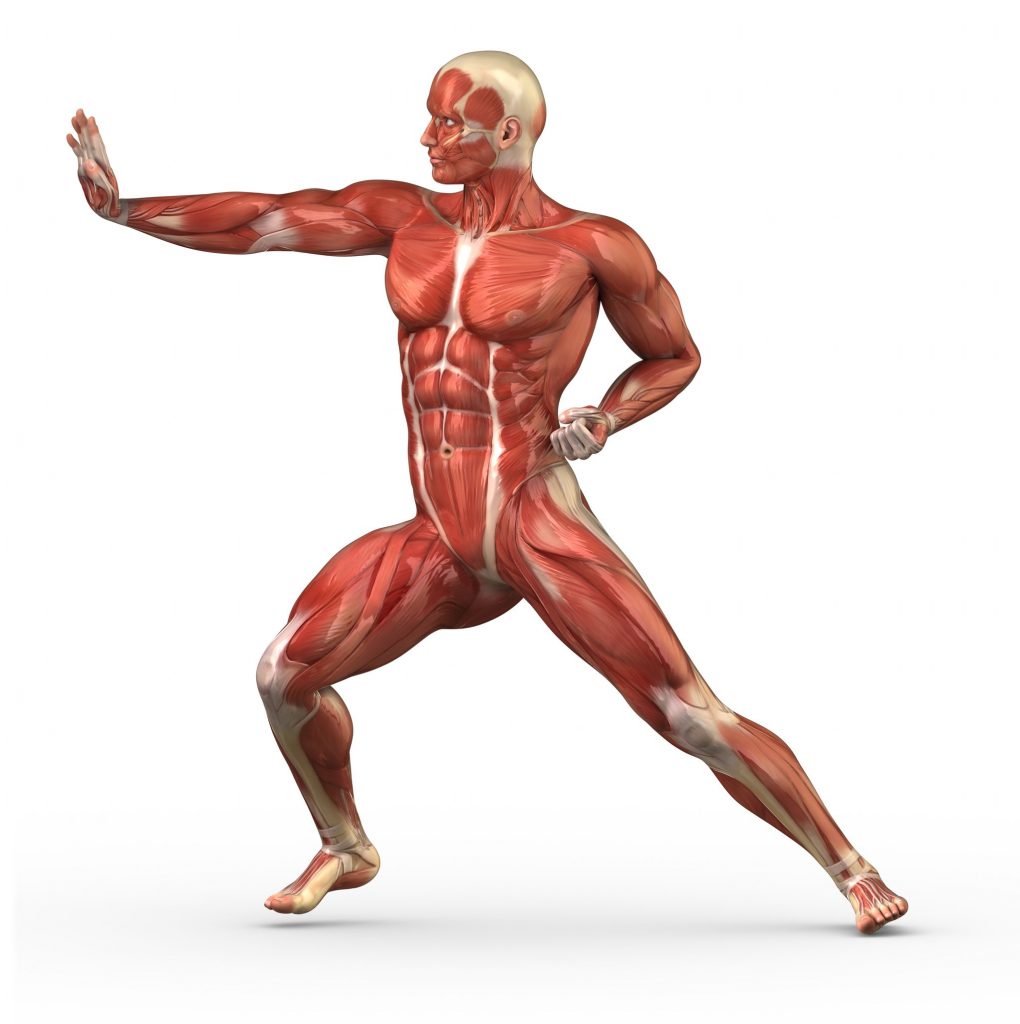High protein diets and metabolism: Part 2
By Ari Snaevarsson, Features Editor
In the first installment of the “High protein diets and metabolism” series, you will recall we broke down the claim that increased skeletal muscle, promoted by increased protein intake and progressively overloaded resistance training, means an overall increase in resting metabolic rate (RMR). Specifically, we discussed that the RMR of muscle is actually much closer to fat tissue than some sources will claim, though the exact number is still an area of scrutiny. In any case, it certainly is not enough, in moderately athletic individuals, to render a completely “re-vamped” metabolism. But let us not throw out the proverbial baby with the bathwater here.
Lest we take this fact to mean there is no case to be made for protein’s impact on RMR, it is imperative to keep in mind this muscle RMR argument is only one part of the equation. There is a discernible difference in metabolic rate between those on high-protein and low-protein isocaloric diets. The jury is still out on why exactly this is the case, but there are some points to consider.
One quick note before moving on: I have reformatted the series so that the three articles deal expressly with the physiological components to this topic. What will then follow, and will not be titled as part of the series, is an actionable framework for you; what advice you can take away from this and apply to your own dieting endeavors. I have done this so that the discussions in this week’s and next week’s articles can go into more scrupulous detail for their respective topics.
RMR of muscle post-exercise
One missing part of the story is that we have so far only discussed the RMR of muscle at rest. On the flip side, muscle that is actively undergoing recovery from recent resistance training-induced micro tears is expending calories at a significant rate. You will recall this presented a problem when considering studies that are cited to back up the “high muscle RMR” theory; researchers were not measuring muscle mass at rest.
But what we ignored was the fact that a relevant phenomenon does exist here, in which excess post-exercise oxygen consumption (EPOC) – colloquially known as the “afterburn effect” – can account for a heightened metabolic rate after a bout of intense exercise. And, furthermore, the intensity of the exercise is directly related to the amount of calories expended during this period.
This is not so cut and dry, though, as we can only rightly consider this an extension of energy expenditure from physical activity (a separate component of total energy expenditure than RMR is). To examine this deeper would require a discussion of metabolic inefficiency of muscle (which is actually a good thing, despite the scary name), exercise intensity and recovery factors, fuel reliance (i.e. carbohydrates versus fats), and more.
For the sake of brevity, I will leave it at this sentiment: The increased caloric expenditure present in muscle that is recovering from resistance training (immediate or long-term EPOC) should be viewed as a factor of positive resistance training adaptations, but not as a factor of metabolic changes relevant to the fat loss discussion.
Most importantly, we should stay on track with the discussion of dietary protein intake alone and its metabolic consequences. If we want to talk about the effect of weight training on metabolism, this increase in protein turnover rate certainly merits further analysis; I will probably cover this at a later time.
Some have argued, with evidence to back it up, that a higher protein intake on an isocaloric diet to the control can lead to improved nutrient partitioning and a greater proportion of muscle mass, even without paired resistance training. So far, in my own researching, I have only seen reputable studies substantiate such claims when the subjects were overweight/obese, completely sedentary to begin with, and possibly Type II diabetic.
In such circumstances, we should remain skeptical that the increase in muscle mass elicited by protein is part of some extraordinary effect of the macronutrient. Rather, we are looking at severely metabolically maladapted individuals receiving a treatment diet that somewhat promotes a more sustainable body composition for survival. In other words, these individuals’ bodies are primed to respond to even the slightest positive stimulus in a manner that allows for positive adaptations that save them from the chronic inflammation and other symptoms of metabolic syndrome.
Next week…
Next week, we will take our final consideration of the physiological effects of a high protein diet on metabolism into account, looking primarily at protein’s oft-cited high thermic effect of food (TEF). Stay tuned!

